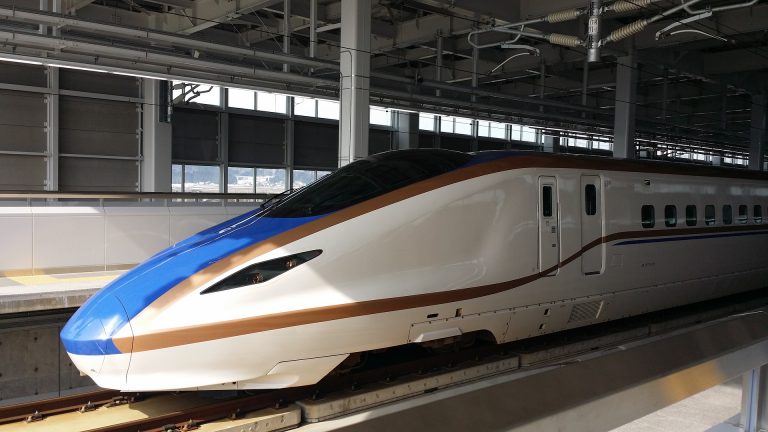May 28, 2018
UPDATED May 29, 12.02pm
The cancellation of the Kuala Lumpur high-speed rail (HSR) would have only a minimal impact on the property market, according to some industry experts.
The hype from the project did not exactly translate into major investments around the proposed stations of the alignment, likely due to its redundancy compared with the already-established and efficient modes of transport between both countries, they told EdgeProp.my.
“I think some of the hype along the HSR [bringing added value to locations along the alignment] was misplaced and might has been over-optimistic in any case,” said Savills Malaysia executive chairman Datuk Christopher Boyd.
“This is because there are already very good communications between Malaysia and Singapore with the reasonably good rails, air and road communications.
“Furthermore, studies overseas have shown that in many cases, the benefits that HSR links are able to bring are often overestimated. Stations along the alignment can actually pull value away rather than bring value in.
“It would have been a nice and convenient thing to have but it is not an essential or must-have thing to have now. It will come in time when the market is really ready for it. So [the scrapping of the project] is not a catastrophe or severe loss for either Malaysia or Singapore. I don’t think that is going to be a very big impact on land value,” he added.
Meanwhile, the Association of Valuers, Property Managers, Estate Agents and Property Consultants in the Private Sector Malaysia (PEPS) president Foo Gee Jen said the cancellation would affect corridors of growth such as the Batu Pahat-Muar and Melaka-Seremban corridors and especially the Malaysia Vision Valley in Negeri Sembilan.
“However, I believe that despite this big announcement, not many people are buying big tracts of land around the station locations. The investments are more small scale. The losses would be more in terms of time and planning. There was not much speculative buying around where the stations are supposed to come up,” he said.
According to him, development catalysts besides the HSR will be smaller in scale.
“There is a possibility that the government is looking at existing railway lines, such as the KL-Ipoh double-track line. The existing KL-Seremban railway line can be upgraded to a double-track line to make it faster. They could also build a KL-Melaka double-track line,” he said.
Meanwhile, Professor of economics at Sunway University Business School Dr Yeah Kim Leng said that while the scrapping of the HSR will dampen investor confidence on its potential spillover effects, the project will be revisited when the country is more financially sound.
“It is prudent to call off the HSR and other mega projects that can be revived when the government is in a stronger financial position.
“You will likely see some of the major developments and infrastructure that are planned, especially in the areas that along the HSR alignment, to be put on hold or even cancelled.
“And for those who have paid high prices for the properties that had been planned along the alignment, they may suffer a setback. The properties in those areas are expected to lose their premium and the prices will be realigned to the level of the vicinity, but the drop of prices is not expected to be significant as our property market is still holding up,” he said.
Yeah noted that the HSR will be more attractive when the population and traffic grow, as they will be able to complement existing transportation.
“I believe that the longer it is delayed, the more attractive it will be,” he said.
Meanwhile, Socio-Economic Research Centre executive director Lee Heng Guie said: “It is hoped that the government will weigh on all aspects of costs and benefits, as well as the long-term spin-off from the HSR.”
“Much has been said about the desired spin-off from the HSR amid some questions over the need to build the rail given the existing rail and air transportation.
“Obviously, the decision lies on whether the government’s balance sheet can assume more contingent liabilities or government guarantees, which is largely to finance infrastructure and strategic projects.”
However, KGV International Property Consultants Sdn Bhd executive director Samuel Tan hopes that the project will be reconsidered. “It will bring long-term benefits to Malaysia.”
He suggested that the HSR construction be staggered, with key stations such as Bandar Malaysia, Putrajaya, Melaka and Iskandar Puteri developed first.
“The terms with the contractor should be in our favour,” he told EdgeProp.my.
The HSR is the first casualty of the new Pakatan Harapan government’s efforts to slash the national debt by reviewing or axing multi-billion-ringgit projects funded by massive borrowings.
Prime Minister Tun Dr Mahathir Mohamad had earlier confirmed that the HSR will be cancelled, with the penalty likely to be around RM500 million, he told reporters today after a Parti Pribumi Bersatu Malaysia meeting.
“We need to do away with some of the unnecessary projects, for example the HSR, which is going to cost us RM110 billion and will not earn us a single sen. That will be dropped.
“We have an agreement with Singapore. We have to talk with Singapore about dropping that project,” said the 92-year-old premier.
The 350km HSR was supposed to have seven stops — Bandar Malaysia, Bangi-Putrajaya, Seremban, Melaka, Muar, Batu Pahat, and Iskandar Puteri — in Malaysia, and Jurong East in Singapore.
-Shawn Ng and Lam Jian Wyn
Link to original post: https://www.edgeprop.my/content/1353714/update-2-hsr-axing-not-catastrophe-property-market


